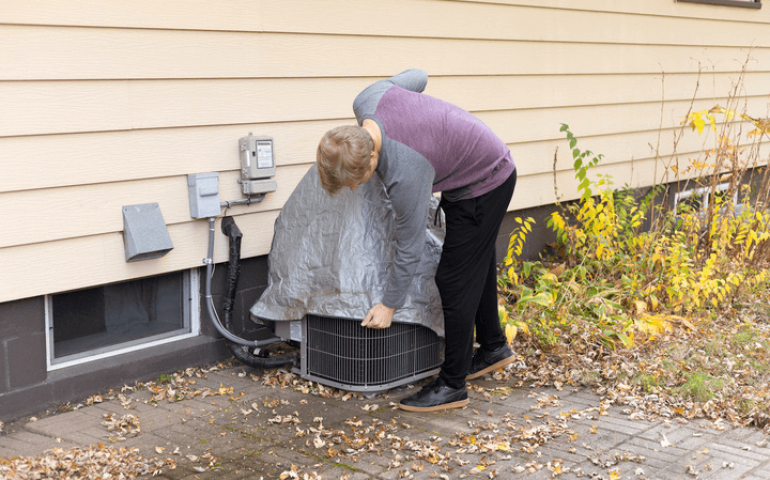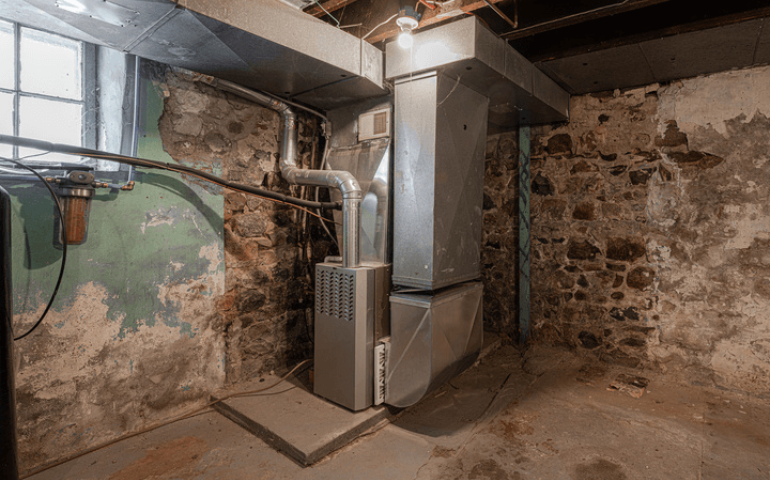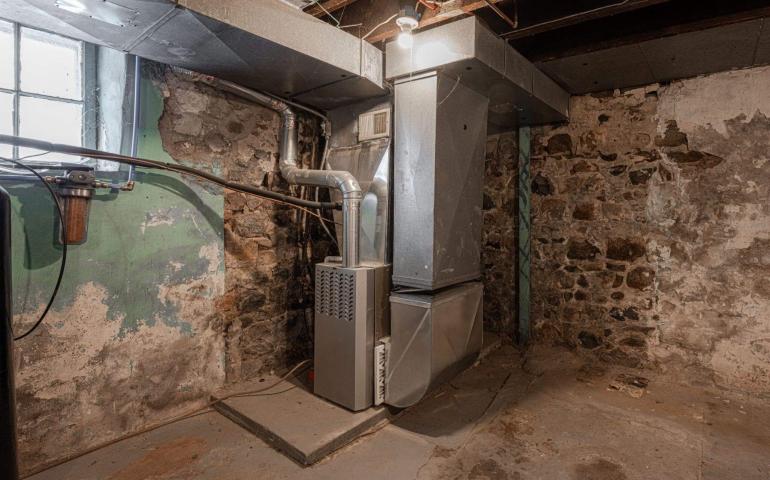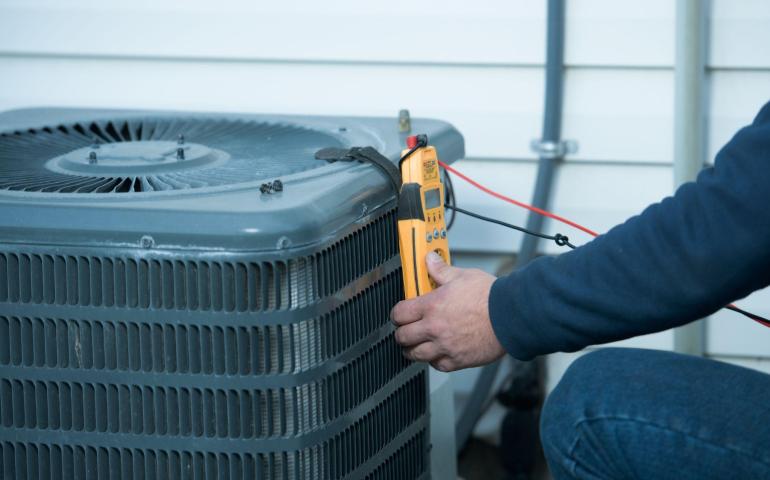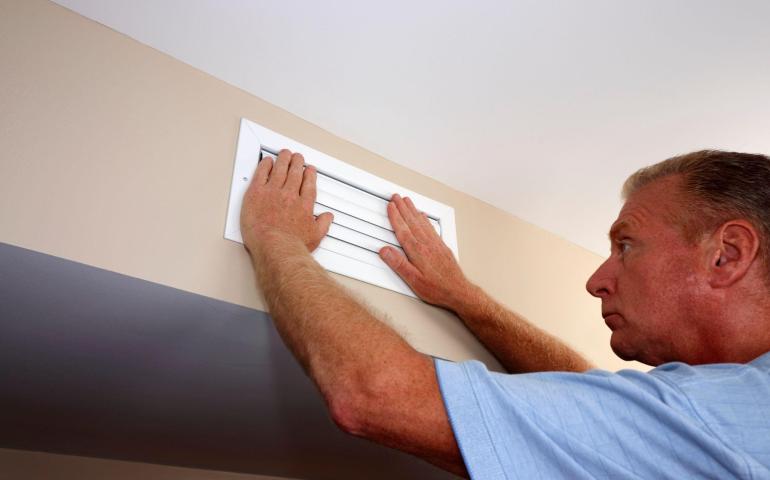From trying new recipes to watching classic Christmas movies, the holidays are undeniably the best times to spend with friends and family. It’s all fun until your HVAC system won’t turn on in the middle of a cozy family night movie. What if we told you that you could avoid these HVAC mishaps during the holidays by subscribing to routine HVAC maintenance.
- Schedule Today 847-722-0000

